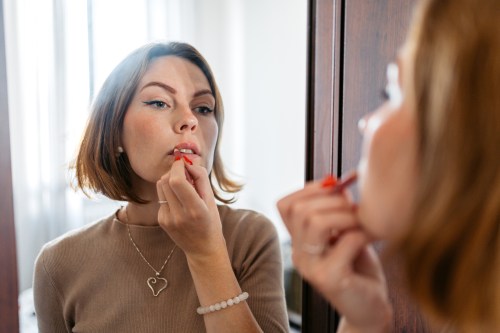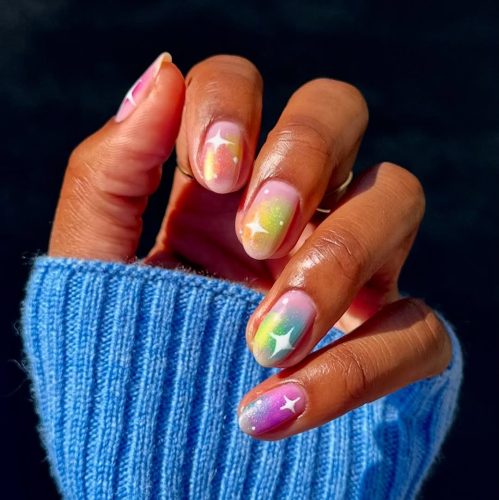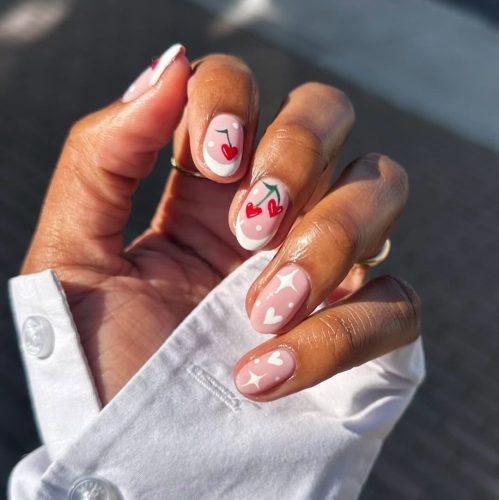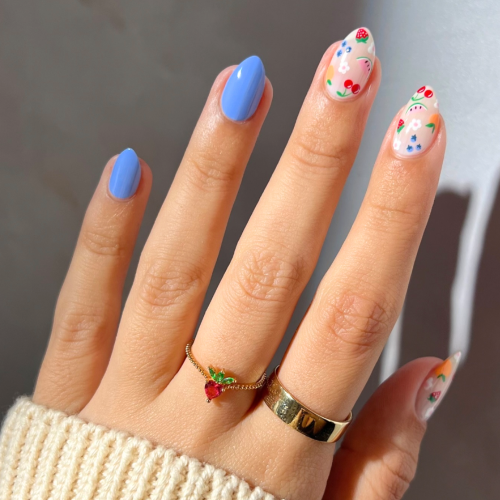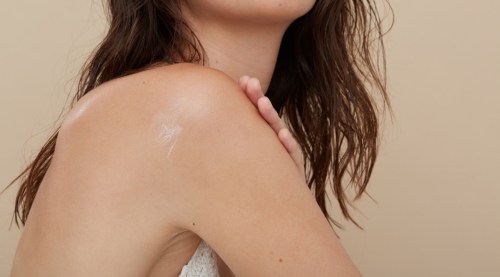Fragrance ingredients intelligence: What you need to know
Fragrance gets a free pass under the law. It’s the only ingredient on a beauty product label that doesn’t have to say what it really is.

Fragrance is the problem child ingredient of traditional beauty products. Wild and wily, these molecules of scent can wreak havoc on your skin by causing contact dermatitis, a seriously red and itchy rash, or other allergic reactions like a headache or asthma.
According to the American Academy of Dermatology (AAD), fragrance is the biggest cause of cosmetic contact dermatitis. It’s up there with nickel and poison ivy, which most people know how to avoid.
But it can be hard to steer clear of something that’s in scores of products, from skin care and hair care to makeup and perfume, of course. An equal opportunity player, fragrance is added to drugstore brands and department store ones alike to connote luxury or brand unity or cover up what skin-care ingredients might smell like without it. (“Medicinal with a hint of cold cream” is not very sexy.) Here are few more facts we’ve sniffed out about this potentially vexing ingredient.
FRAGRANCE GETS A FREE PASS ON LABELS
For consumer clarity, beauty companies have to use the International Nomenclature of Cosmetic Ingredients (INCI) when listing what’s in a product. This standardized book of ingredient names means that lavandula angustifolia (lavender extract) is always lavandula angustifolia, regardless of whether a company thinks theirs is better, exotic, or magical.
But fragrance gets a free pass under the law—it’s the only ingredient that’s allowed to hide under a cloud of rose petals and doesn’t have to say what it really is.
The Food & Drug Administration (FDA) exempts it from having to be more specific, even though it might contain synthetic, preservative, or allergy-provoking substances that you might want to know about. That can be a big problem for New Yorkers who pride themselves on knowing what exactly goes into their food or face creams.
FRAGRANCE: A COMPLICATED COCKTAIL
Although fragrance looks like it’s one ingredient on the label, it’s more likely a blend of many ingredients, confirms the AAD, which says about 5,000 fragrance molecules are used in heavy rotation. Cosmetic companies may use as many fragrance-forming ingredients as they like—and still “fragrance” takes up just one spot on the label. Suffice it say, it can make it hard to figure out exactly what you’re allergic to.
AN OUTDATED LOOPHOLE
Why does the FDA give fragrance this label-listing loophole? It was originally developed to protect a company’s proprietary perfume blend or trade secrets, under the Fair Packaging and Labeling Act of 1966. In other words, it protected Coty and Chanel No. 5 from copycats.
The regulation designed to conceal ingredients from the eyes of corporate competitors now does the same for a cosmetic consumer who might be inclined to scan the label for parabens, petroleum by-products, and synthetics.
FYI: Companies can choose to disclose their ingredients without giving away the specific amounts and the formulation process—and some do. After all, chocolate, sugar, flour, and butter doesn’t make the exact same cake.
HOW TO AVOID SYNTHETIC FRAGRANCE
The solution? (Other than lobbying the FDA to change this, which some groups are doing, by the way.) Look for beauty products that plainly state what’s scenting it: On the back label, “fragrance” should be followed by a list of ingredients in parentheses.
Or look for a product that uses essential oils instead of “fragrance (parfum).” Many brands, including Dermalogica, now do this.
And Intelligent Nutrients practices what’s probably the most reasonable solution: The company doesn’t use the term “fragrance” at all. Instead it just lists every single ingredient on the label regardless of what its purpose is. Companies that use synthetics could do this, too.
BEFORE YOU REACH FOR “FRAGRANCE-FREE” PRODUCTS
You might be totally tempted to scan the beauty counter for “fragrance-free” products at this point. Not to be a buzzkill, but that’s probably not enough. All kinds of companies use the term, and not in the same way.
Companies that don’t use any chemicals or synthetic fragrance molecules—just plant and flower extracts or essential oils—might call their products “fragrance-free,” like REN, a natural skin-care brand.
But companies that use scent-masking chemicals, so your product smells no more or less than milk, will also claim to be “fragrance-free.” Neutrogena is a good example.
Good to know for sniffing out your beauty product labels. —Melisse Gelula
The takeaway: “Fragrance” is a catch-all term on the list of ingredients, making it hard to know exactly what’s in your skin-care product.
More Reading13 amazing all-natural perfumesCould this natural perfume help you cultivate love?Is activewear the new celebrity perfume?
Sign Up for Our Daily Newsletter
Get all the latest in wellness, trends, food, fitness, beauty, and more delivered right to your inbox.
Got it, you've been added to our email list.
